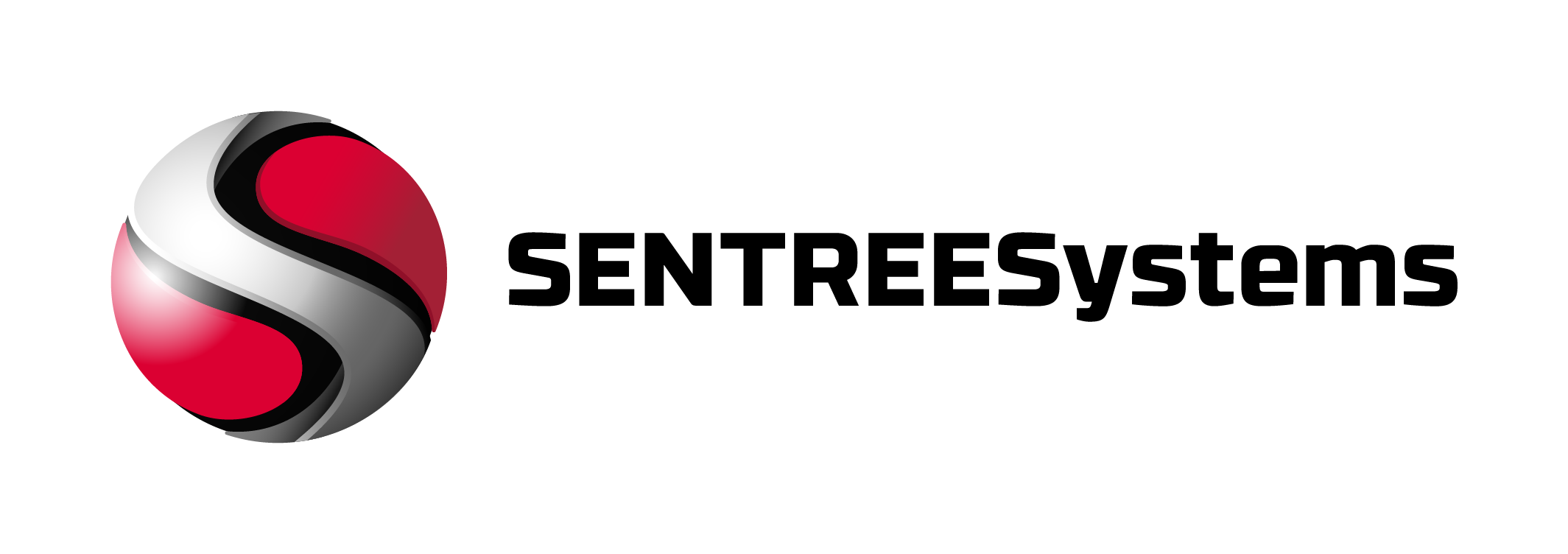Maximize opportunity. Minimize worry.
Remember the classic scene in the 1987 movie Wall Street in which Gordon Gekko places a call from a beachfront using a two-pound, football-sized cellphone? The underlying message: only a wealthy robber baron like Gekko could afford such extravagant technology.
Oh, how far we’ve come. By 2025, there will be upwards of 4.7 billion people online. Most data will move through or be stored in the cloud. And there will be 4 billion mobile Internet subscriptions globally. Nearly every business of every size relies on the digital world—from computers and mobile devices to cloud services and social media—to do things Gekko only dreamed of, from updating sales figures from the road to serving global markets in real time.
Rising security threats—to all businesses
Along with the incredible business advancements, SMBs also face security challenges nobody imagined in 1987. According to the security company Symantec, small businesses with 1¬–500 employees were targeted in 41 percent of all attacks in 2013—and attacks are rapidly increasing. In fact, targeted attacks on businesses with 1–2,500 employees rose an alarming 61% from 2012 to 2013.
Why are cybercriminals targeting SMBs? Because smaller businesses have the same valuable bank account information, customer data, and intellectual property as big businesses, often with far less stringent security practices and less advanced technology. Also, because SMBs may serve big businesses, they can be a convenient entry point for infecting their much larger partners and business customers.
Get in front of the problem
Despite the headlines and alarming rhetoric about cyberattacks, SMBs (small to medium size businesses) generally do not need to invest in million-dollar digital security solutions even if the resources for such solutions were available. Because most security threats involve malware attacks or insider misuse (losing a laptop, etc.), the most effective solutions are similarly mundane: only use protected software and cloud resources, and keep your software updated.
Focus on implementing products, services, and policies, especially in the following areas:
Identity: Protect mobile devices with customized security by user, location, and device – including the ability to lock devices, reset pins, and remotely wipe data.
Access control: Invest in solutions that ensure secure, remote access to sensitive business applications and data.
Desktop and device management: Use centralized tools to manage all your devices, and keep desktops and devices automatically set to receive the latest security updates.
Data protection: Make sure your software – from server and desktop to email, mobile and cloud — has built-in protections against hackers, malware, and viruses that exceed compliance and privacy standards.
Train your employees: your team is your first line of defense. Ensure all your employees understand the policies in place and how to help implement them. Learn more about how to get your team on board to help.
While cyberattacks can be problematic, there’s no reason to fear. Instead, invest in products and services that are inherently more secure, with security built in and prioritized throughout design and development. And make sure they’re also built for manageability and ease of use—so you can easily take advantage of the exciting benefits afforded by today’s highly connected digital world.
Explore the following resources for information on how to help keep your business protected:



